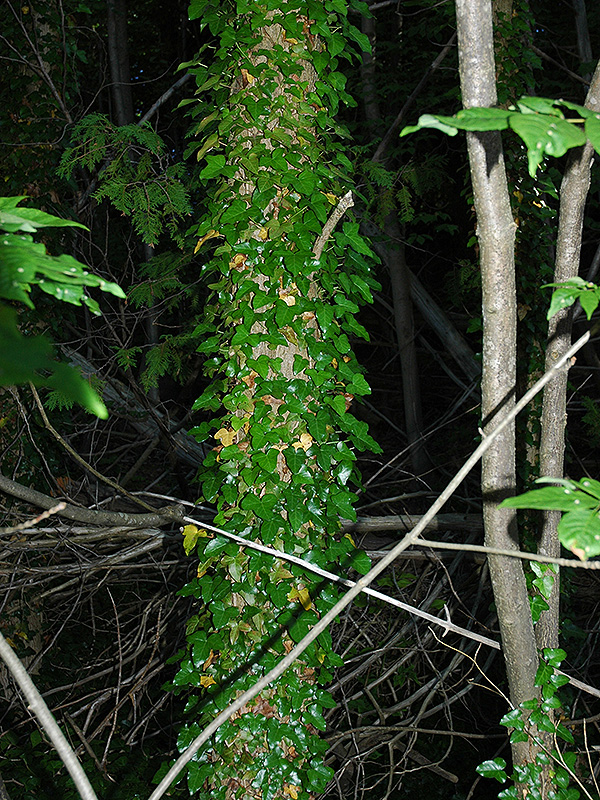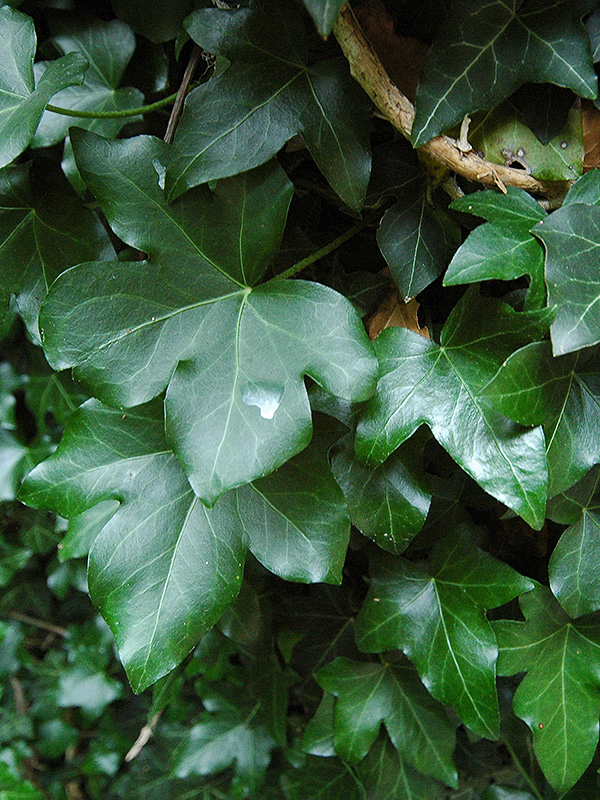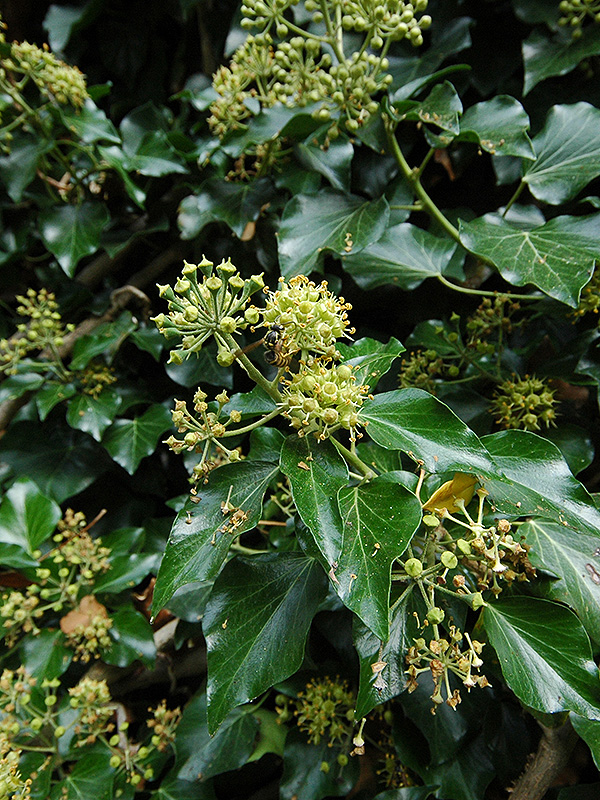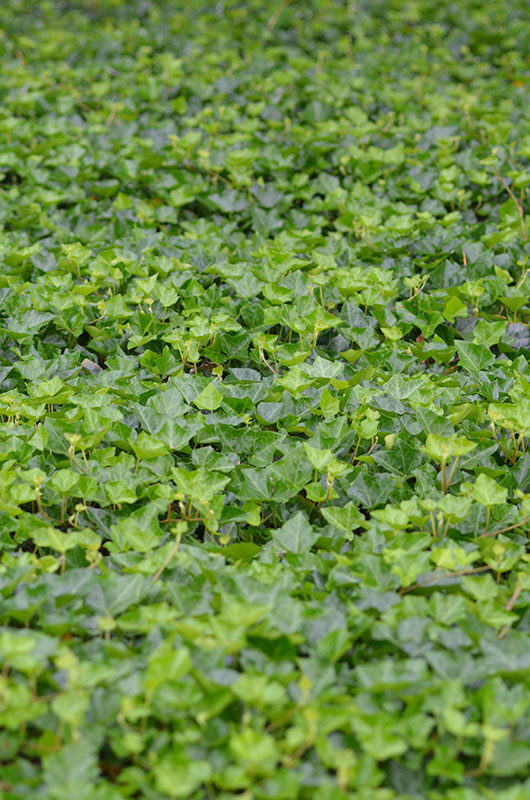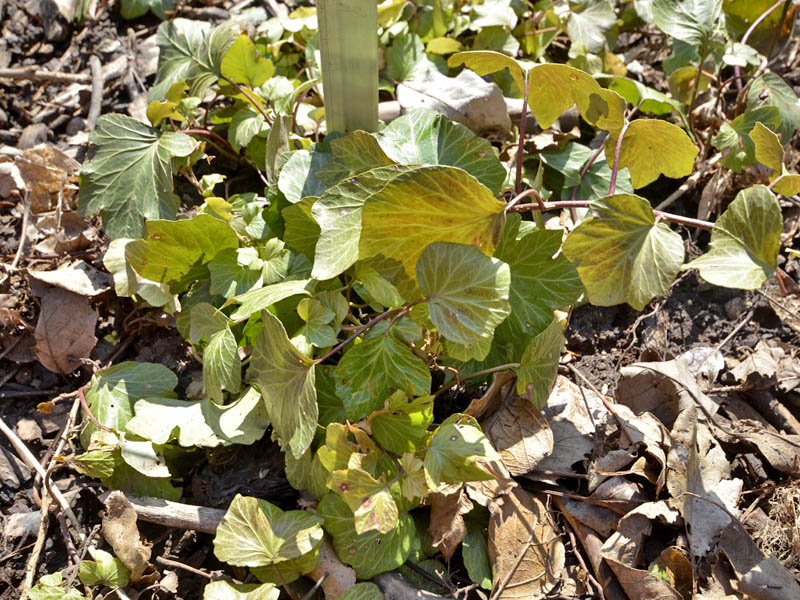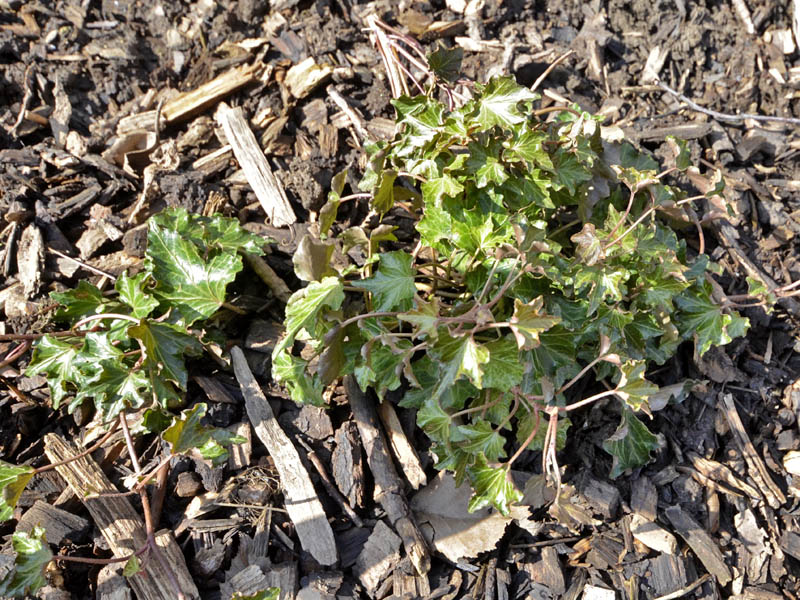
Woody > Hedera > Hedera helix > Hedera helix
Hedera helix
English Ivy
Mike's
Opinion


"
This somewhat invasive species does well as ground cover, but has not proven it’s hardiness as a vine in this area. I have used this plant as a ground cover and have come to regret the 'vole motel' it creates.
Michael Pascoe, NDP., ODH., CLT., MSc. (Plant Conservation)
"
| Family |
| Araliaceae |
| Genus |
| Hedera |
| Species |
| helix |
| Category |
| Woody |
| Type |
| Vine |
| Pronunciation |
| USDA Hardiness Zone |
| 4 - 9 |
| Canadian Hardiness Zone |
| 2a |
| RHS Hardiness Zone |
| H7 - H3 |
| Temperature (°C) |
| (-32) - (-1) |
| Temperature (°F) |
| (-25) - 30 |
| Height |
| 10 m (vine) |
| Spread |
| 10-15 m |
Photographs
Description and Growing Information
Flowering Period
| General Description |
| Invasive evergreen climber or ground cover which can quickly exceed its intended area of growth. Attractive shades of green and blue the decorate foliage. Questionable cold hardiness on specimens in Southwestern Ontario, especially as vines. All parts of the plant contains toxins and ingestion of large quantities can cause severe poisoning in both humans and animals. The sap may also be an irritant to some. The berries which are toxic are seldom consumed since they are quite bitter. |
| Cultivation |
| English Ivy is marginally hardy in Ontario, Canada and will suffer from winter desiccation, so limit extreme exposure, especially when used as a vine. |
| Shape |
| Vigorous climbing evergreen. |
| Growth |
| Fast |
| ID Characteristic |
| English Ivy is identifiable by its two types of leaves, a juvenile which is palmately lobed, and an adult which lacks lobes. Can be seen climbing up the walls of many houses in Southwestern Ontario. |
| Pests |
| Few, some suffer from leaf spot, and dessication if not protected from winter winds. |
| Habitat |
| Can be found growing nodally along the ground, or climbing as a vine if the site permits. |
| Bark/Stem Description |
| Thin woody stems, 0.2-1.0 cm in December. Thick, dark green above, red/brown below, from which extrude many adventitious roots. |
| Leaf Description |
| A broadleaf evergreen which has two leaf types, the juvenile which is palmate and three to five-lobed, and the adult, which is not lobed, and has a cordate shape. Dark green above, whitish green below with pronounced veins, 3-10 cm long. |
| Flower Description |
| In late summer yellowish-green flowers grow until early autumn. They are small (3-5 cm) and umbel shaped. These are good nectar producers and are a late season food source for bees. |
| Fruit Description |
| Poisonous, round, black drupes (6-8 mm) produced in late summer useful as a food source for birds. |
| Colour Description |
| Dark green with pronounced whitish veination. |
| Texture Description |
| Medium textured woody vine. |
| Notable Specimens |
| Fanshawe College, London, Ontario, Canada. The Universiy of Western Ontario, London, Ontario, Canada. |
| Propagation |
| Can be propagated from cuttings or seed. If propagating by seed you must remove the pericarp and stratify the seed before planting. |
